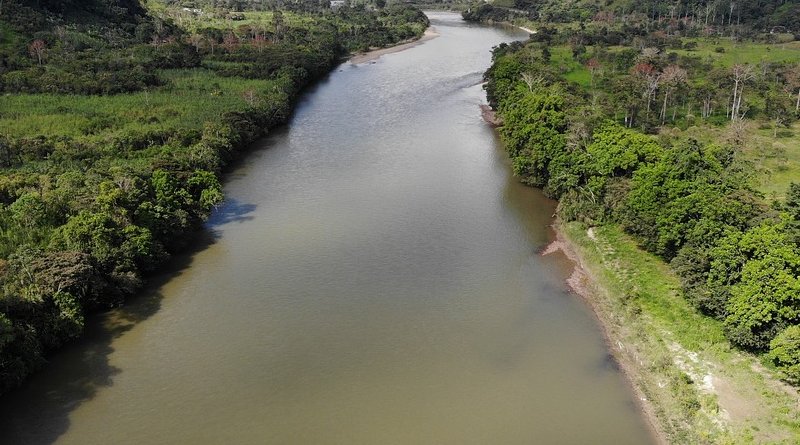Brazil Lost 7.6 Percent Of Its Forests From 2000 To 2018
By ABr
By Vitor Abdala
Brazil’s government statistics agency IBGE today (Mar. 26) published a study showing that the country lost 7.6 percent of its forest vegetation from 2000 to 2018. The area, 4.02 million km² (42.2 percent of the national territory) in 2000, shrank to 3.71 million km² (42.4%), as seen in the latest survey.
In other Brazilian biomes—like the cerrado, the caatinga, and the pampas—losses were even more significant, totaling more than ten percent in the same time span.
However, in the two last years of the survey—2016 through 2018—smaller losses were observed in both forested areas (-0.2%) and other biomes (-0.7%).
Farmland
The survey also found that the areas dedicated to farming grew 44.8 percent from 2000 to 2018, to 664.8 thousand km²—7.6 percent of the national territory.
From 2000 to 2012, some 20 percent of the new farming space came from the conversion of grazing areas. After 2012, its proportion rose to 53 percent.
“We have seen a pattern in the occupation of both forested areas and the cerrado. First, native vegetation is removed, then pasture is created; next, after a few years, farming is introduced,” Peres stated.
The study points out, however, that the expansion in farmland has lowered in pace. From 2012 to 2014, it became seven percent larger, whereas the growth from 2015 to 2018 stood at 3.3 percent.
From 2000 to 2018, pastures increased 27 percent and silviculture saw a growth of 70 percent.

